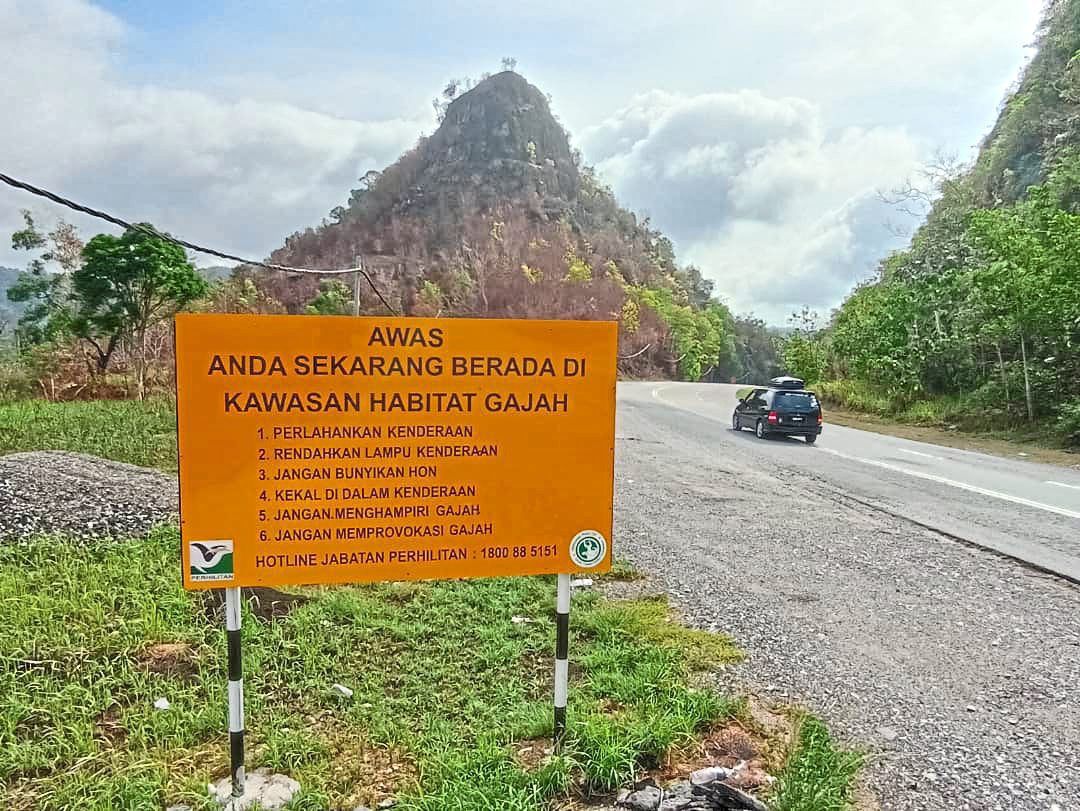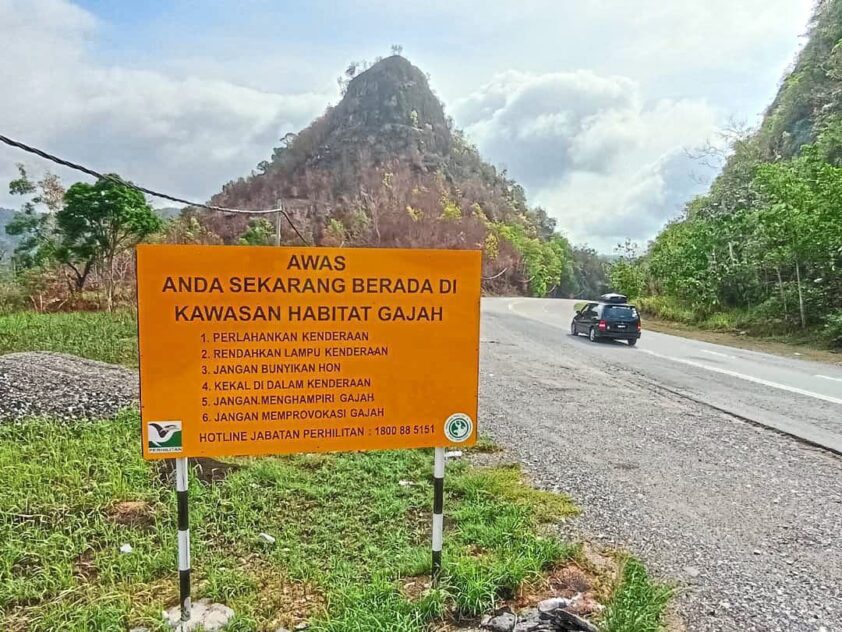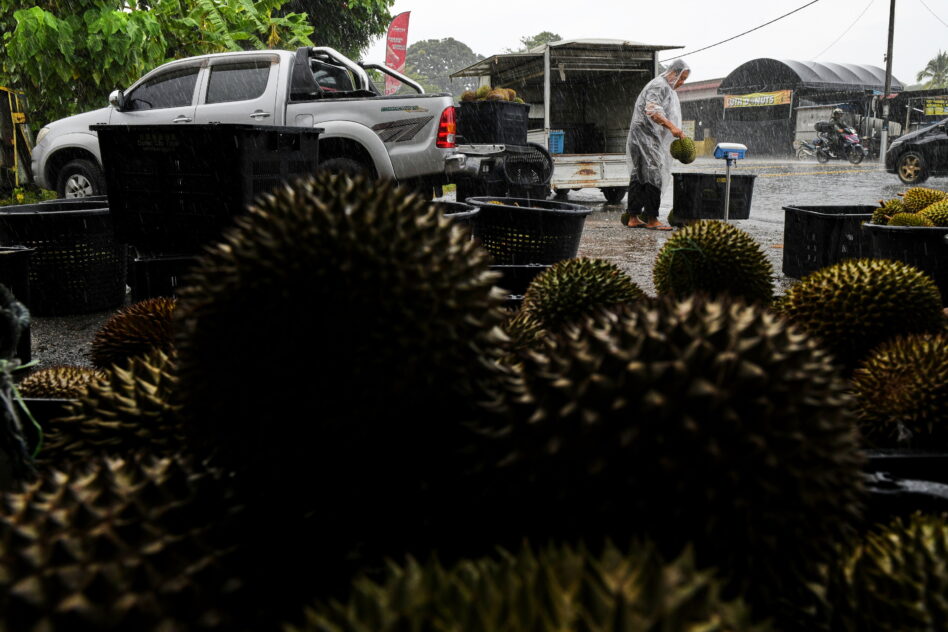THE death of a baby elephant on the East-West Highway on May 11, and the various visuals and reports about this incident have evoked a lot of sympathy for the future of the nation’s dwindling wildlife.
The caring and grieving maternal instincts of the mother elephant who lost her offspring in the collision has moved Malaysians who now feel that more needs to be done to save wildlife, some of which are dangerously close to extinction in the country.
The government needs to consider various proactive ways to stop the roadkills alongside illegal activities such as poaching and hunting to help revive wildlife to healthier and more sustainable levels.
The East-West Highway which traverses across densely forested hills and mountains in Perak and Kelantan needs to be given preference to stop roadkills.
The government needs to consider the idea of having a couple of forest rangers traversing the highway at least once during day time and at night especially to observe whether speed restrictions and other rules are followed.
The sight of forest rangers in Land Rovers could assure as well as alert the drivers, many of whom travel fast at night to escape any attack by wildlife especially tigers, leopards and elephants.
Pamphlets about the wildlife on the highway and their general behaviour and how to be careful to avoid roadkills can be given at both the Grik and Jeli entry points.
As an illustration, the heavy vehicle driver who knocked down the baby elephant reported seeing an adult elephant along the road.
What he should have noted was that there could be a herd and some calves nearby who could suddenly dash across the open road. The driver should have driven very slowly on seeing this situation to prevent the possibility of an accident.
This accident could have been avoided if the driver had moved slowly upon seeing the mother elephant.
Unlike tigers and leopards, elephants are not solitary creatures and move in herds where possible. The forestry department needs to install more solar-powered reflective signboards to alert drivers and create an awareness to avoid roadkills.
Some sections of the highways especially near bends and corners need to be kept clear, and obstructing trees and vegetation must be removed to ensure drivers can see any wild animals from a distance.
Usual wildlife crossings on the highway should be marked. The Wildlife Department knows, through experience and research, the usual times at night when wild animals are actively hunting or moving, and during these hours vehicles should be prevented from using the highway.
Traversing the highway at night is a disturbance to the wildlife and increases the potential of roadkills. Drivers need to be more alert and caring for wildlife when using roads in densely forested areas.
In India drivers use the hundreds if not thousands of kilometres of roads traversing through wildlife reserves and parks nationwide, and have become more alert, cautious and conscious of the possibility of wildlife crossing or even blocking the roads.
As a result there are extremely few roadkills throughout the nation. This kind of behaviour needs to be instilled in Malaysian drivers to spare the wild animals from painful injury and death while crossing roads through forest reserves and wildlife sanctuaries. – May 22, 2025
V. Thomas is a Focus Malaysia viewer.
The views expressed are solely of the author and do not necessarily reflect those of Focus Malaysia.
Main image: The Star









